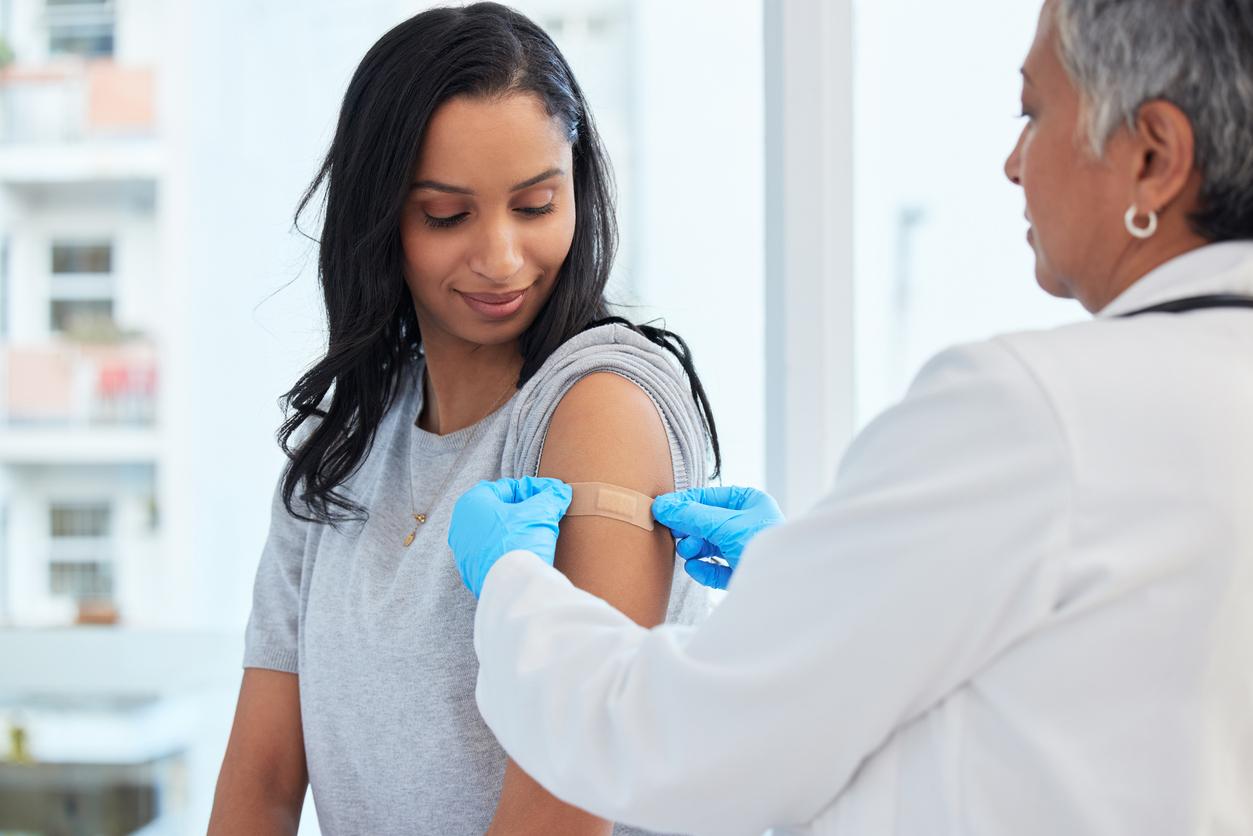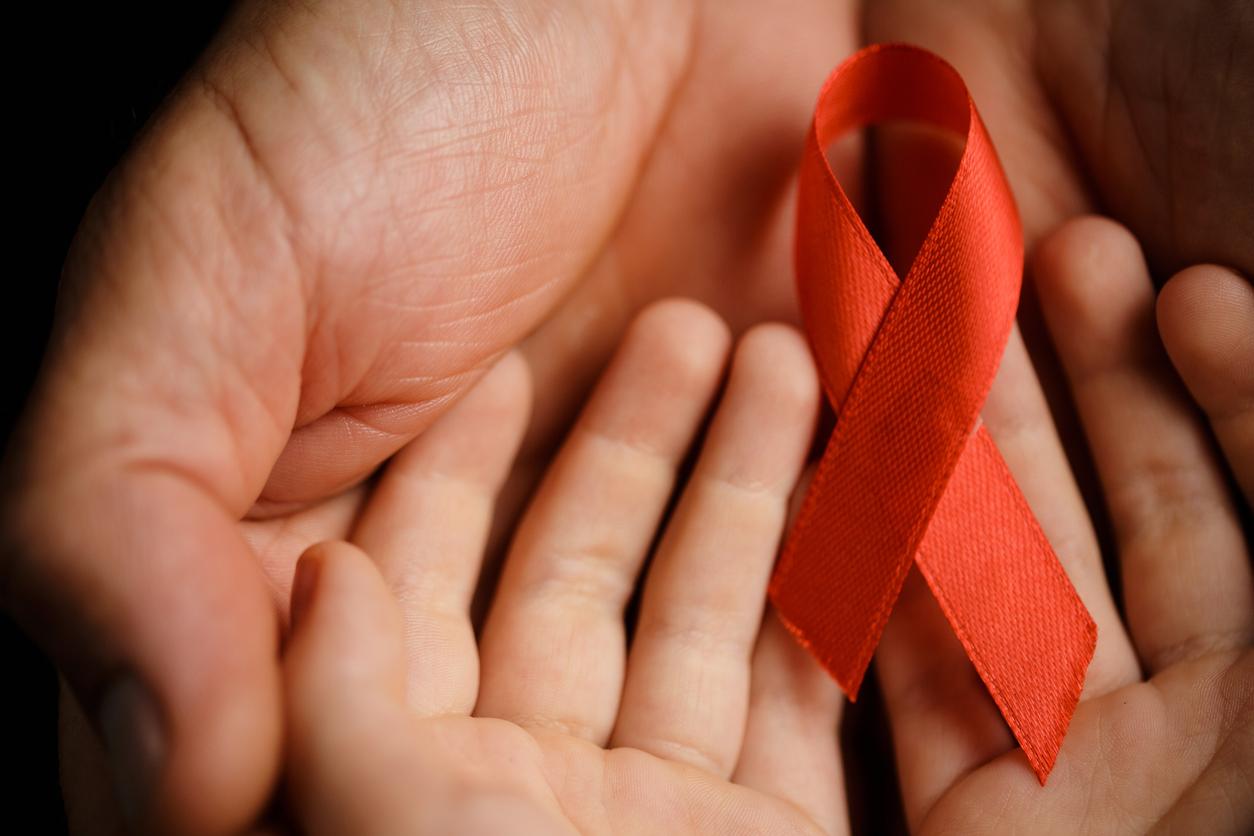Balme-de-Sillingy, a small town in Haute-Savoie (74), is in mourning. On Friday April 8, 2016, Faustine, a 14-year-old girl attending college, died due to a flu. She had been contaminated with H1N1 virus.
According to the latest epidemiological report from the National Institute for Public Health Surveillance (InVS), most (around 60%) of the 1,015 severe cases of influenza identified since November 2015 were linked to this particular strain of the virus. A total of 101 people have died from it in the past 6 months.
The Rhône-Alpes region (and the Annecy region in particular) is in the post-epidemic phase. However, the Regional Health Agency (ARS) – informed of the tragedy two days later – explained that the virus currently circulating in the area “was not exceptional”. Moreover, Faustina’s school does not plan to take “measures [sanitaires] specific ”.
A virus that particularly affects young adults
The H1N1 virus (also called “swine flu” or “influenza A”) appeared in Mexico and the United States in 2009. Very contagious, it is transmitted from person to person via physical contact (in public transport for example), fluids (sneezing, cough) … According to health authorities, it affects young adults in particular.
Infected people usually heal naturally after a few days. The symptoms are similar to those of seasonal flu : fever, cough, headache, muscle and joint pain (stiffness), sore throat, runny nose, sometimes with diarrhea and vomiting.
Source: The Dauphiné Libéré
To read: your 3 essential oils anti-flu.
And also: beware of infections lurking in the gyms.
















